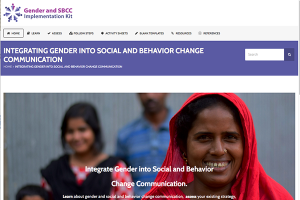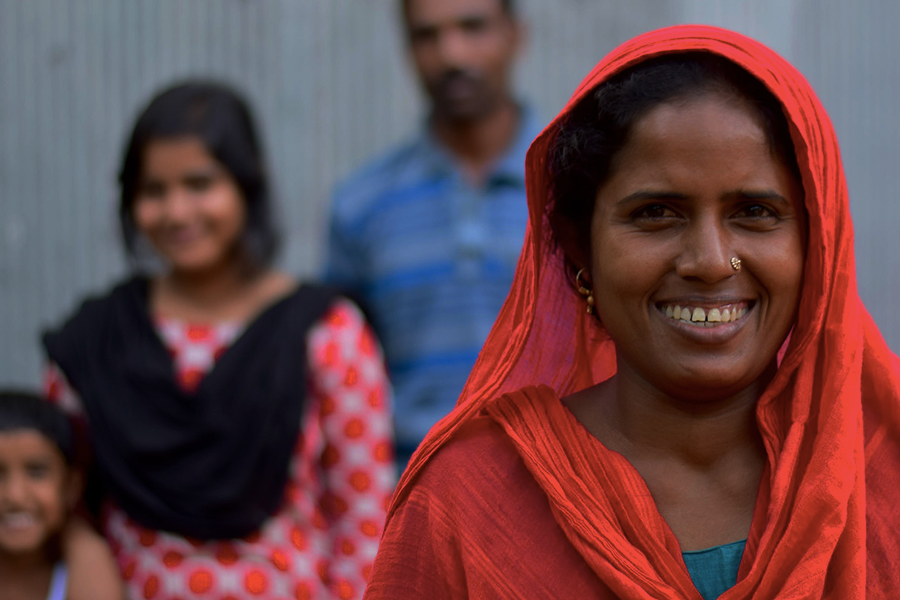HC3’s Newest I-Kit Focuses on Integrating Gender into SBCC Programming
 Figuring out how to best integrate gender into your social and behavior change communication (SBCC) program is not always easy, especially if the program is not designed to specifically address gender equality and transformation. This is the reality for many SBCC program staff who are designing strategies for larger health programs.
Figuring out how to best integrate gender into your social and behavior change communication (SBCC) program is not always easy, especially if the program is not designed to specifically address gender equality and transformation. This is the reality for many SBCC program staff who are designing strategies for larger health programs.
The Health Communication Capacity Collaborative (HC3) has just unveiled a new implementation kit (I-Kit) that is designed to help SBCC professionals integrate gender into their programs and projects. The Integrating Gender into Social and Behavior Change Communication I-Kit is a step-by-step guide that helps users re-visit their current strategy and to critically consider and explore how gender impacts their program outcomes.
“While the context of every program is different, and each country is at a different starting point along the gender equality continuum, it is important to have a shared vision of gender transformation and a solid understanding of the role gender has on health outcomes,” said the I-Kit’s designer Leanne Wolff, a senior program officer at Johns Hopkins Center for Communication Programs (CCP). “When you integrate gender into your SBCC strategy, your health messages and interventions are more effective.”
The I-Kit helps users understand gender concepts, theories and frameworks, assess the current level of gender integration in a project, and use a series of tools to uncover new information that can be applied to an existing SBCC strategy or marketing plan.
It is divided into the following main sections:
- Learn about SBCC and Gender: Review the background and current research on gender. Get familiar with key gender concepts, programmatic approaches to SBCC and technical considerations for gender integration.
- Assess a Program’s Gender Status: Determine where the program currently stands. Find out what information is still needed and how that information will impact the design, implementation and evaluation of a program.
- Follow the Steps of Strategy Design: Identify entry points and guide the process of discovering new gender-related information. Integrate this new information into an existing SBCC strategy or marketing plan.
“The strategy design process is just the first step. Since the relationship and power structure between men and women affect how an activity is implemented, program managers should continually address gender issues throughout the life of a program,” said Wolff. “Program staff should be trained so they understand the role and importance of gender in their programs and ultimately, our hope for this I-Kit is that program implementers will be better prepared to address gender issues and integrate gender into their programming.”








Leave a Reply
Want to join the discussion?Feel free to contribute!